
THE THEFT OF THE
SPIRIT
____________________  __________________
__________________
A JOURNEY
TO SPIRITUAL
HEALING
WITH NATIVE
AMERICANS
____________________  __________________
__________________
CARL A.
HAMMERSCHLAG, M.D.
DEDICATION
To All My Relations
To Bill and Vera Tyner, who taught me how to pray and
whose love for each other and for all their relations
is still with us as a living benediction.
To Evangeline Talaheftewa, faithkeeper.
To Sigmund Freud, Carl Jung, and Milton Erickson,
who transcended dogma.
To Joseph Campbell, who knew that the meaning of life
was in the experience of it.
To Mahatma Gandhi, whose prescription for living
with joy has not been improved upon: If youre going
to be somewhere, be there.
To my mother, who only wanted me to hang my shingle
down the block from her and who ultimately said,
Do what you want.
To my daughters, Lisa, Amy, and Tara,
who have steadfastly refused to differentiate the
public me from the ordinary airbag I also am.
To Elaine, my fellow-traveling soulmate.
And to each of you; you know who are you.
You fill my cup with joy.
CONTENTS
Introduction
Prologue
1. Rituals and Ceremonies
2. Heroes
3. Old Pearls, New Pearls
4. On Bullshit
5. Self-Deceptions
6. Cancers
7. Believing Is Seeing
8. So Whats New?
9. Keep On Suckin
10. The Transformation of Garbage
11. Good Belly
12. Learning How to Pray
Epilogue: Recapturing the Spirit
THE THEFT OF THE
SPIRIT
_________________________  _______________________
_______________________
INTRODUCTION
Once upon a time, before technology and endless years of formal education had made us so smart, and before we became preoccupied with material wealth, we learned what mattered most in our lives by living in communities, intertwined with the people around us. They told us their stories; we told them ours. All the stories were unique, yet ultimately they were all the same. They still are the same. Theyre about hope and fear, pain and deliverance. They help us make sense of our own lives, give us hope ... heal our souls.
Stories touch us because we can feel the storytellers spirit in the telling. Stories help us make sense of our experiences and move beyond our preconceptions. We dont listen to stories much anymore in this era of instant communication, so its hard to really feel the spirit of the teller.
I learned a lot in universities, got plenty of degrees, and thought I knew a lot, but I kept learning the things that really matter over and over again until I knew them in my unconscious mind, in my blood, in my dreams, in that place beyond thought. I was reasonably well trained in the science of medicine, but that didnt make me a healer. It was through stories, those of my patients and my teachers, that I became a healer. And what those stories taught me is now told in the language of a new science called psychoneuroimmunology (PNI), a medical specialty that says the mind, body, and spirit are chemically connected and that what you know matters less than what you feel. Its not that psychoneuroimmunologists dismiss traditional medical knowledge; rather, were learning that it may not be the most important criterion for living effectively. Now we can see our stories in chemical equations that tell us that how we feel in our hearts and souls changes all kinds of measures of immunologic strength. If youre happy and have faith, belief, and purpose, you can cope better with whatever mental, physical, or emotional challenges you face than if youre depressed, frightened, and mistrustful.
This book is the story of my metamorphosis from doctor to healer, from doer to helper. Its a story of an arrogant young physician who was sent to New Mexico to fulfill his military obligation by working with Native Americans. I knew nothing about Indians other than what Id seen in the movies and thought that cheering for them would give me an inside track to acceptance. It didnt. I was a white man and, therefore, held responsible for centuries of depredations of the Indian people even though I myself wasnt culpable. It served as a reminder of my own judgments, particularly my attitude toward Germans, an inner poison that Id never acknowledged needed to be drained.
Ive stayed in Indian country as a physician for most of my life.
It was there that I began to learn about methods of healing Id never imagined possible and about an energy source within us that can help renew us, especially at those times when we need it most. There I also learned stories about journeying past fear and illusion and getting beyond all the garbage we acquire as we struggle along alone.
This is a book about ordinary people, some of whose names Ive changed. Theyre extraordinary ordinary people who looked within so they didnt have to do without, people who didnt choose to abandon their dreams because others considered them improbable.
I hope this book helps you on your journey. Maybe youll find a story in it that touches your dream, or one that nurtures your spirit.
I wish you joy on your journey and stories to tell.
PROLOGUE
In northern Arizona, at the southern end of the Tusayan Plateau, is Black Mesa. At its end, the mesa splits into three precipitous cliffs on which about a dozen Hopi villages sit. Of these, among the oldest is Shongopovi, a grandfather village.
Until recently, this village was the only one of the reservations twelve communities that still practiced the entire traditional twelve-month cycle of religious ceremonies. But in the late 1970s, the ceremonial calendar was disrupted because of a theft. The villages most precious religious symbol was stolen, and because of this loss, hundreds of men still await initiation into tribal adulthood.
The villages on Black Mesa represent close to a thousand years of uninterrupted survival in a tradition of peace. Despite savageries unleashed by warrior tribes, conquistadors, or those who came after, and despite attempts to disrupt their traditions, the Hopi as a nation were never dissuaded from their spiritual commitment to the traditional way of harmony with the earth that is the predicate for their survival.
The word Hopi means peaceful, but it also means to obey and have faith in the instructions of the Great Spirit. To be Hopi means not to distort any of the teachings for influence or power, or in any other way to corrupt the Hopi way of life. Otherwise, the name would be taken away from the people.
Yet from their ancient prophecies, the Hopi have always known that many would turn away from the life plan given by the Creator, Masauu, and that some would abandon the ceremonial duties that governed their lives. Then blood would flow, followed by endless disasters -- earthquakes and floods, changes in the weather and the seasons, and the disappearance of wildlife. Then there would come a time for either purification or destruction.
Over the years, the Hopi tradition has resisted the social disintegration that has been the fate of so many tribes because it is flexible enough to accommodate some outside influences. At the same time, the Hopi are so certain of their place on earth that they can maintain their own integrity as a tribe in the face of many changes.
My mentor and spiritual guide, the late Herbert Talaheftewa, a traditional clan chief, came from Shongopovi. He was leader of the Two Horn Society, the religious group responsible for the ceremony initiating young Hopi men into manhood. Since the beginning of time -- according to Hopi stories, since their migration to this place on the mesa -- Hopi children have looked forward to two special initiation ceremonies. These magnificent communal events, with song, dance, prayer, sacred ritual, and secrets, bond these people to each other, to their land, and most of all, to the Creative Source. This celebration allows for their perpetuity as a people.
Next page

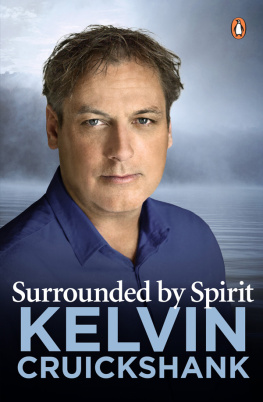
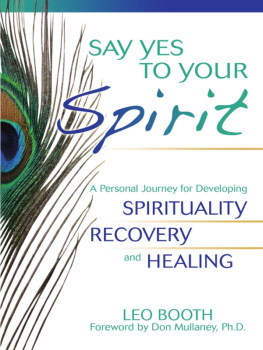


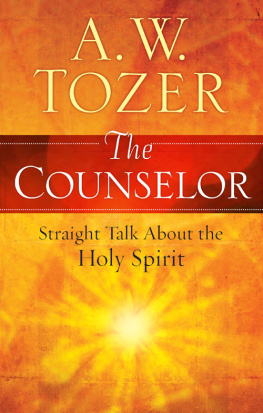
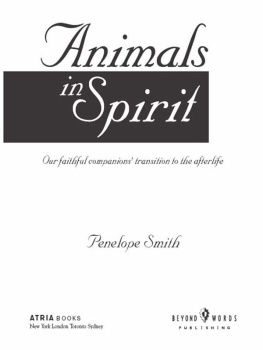
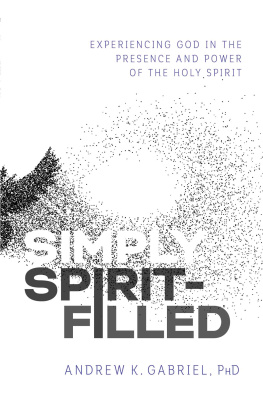
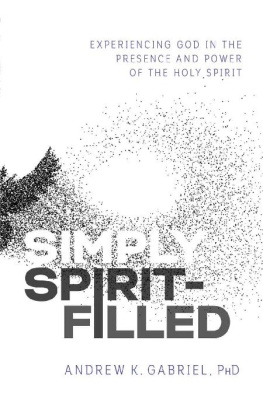

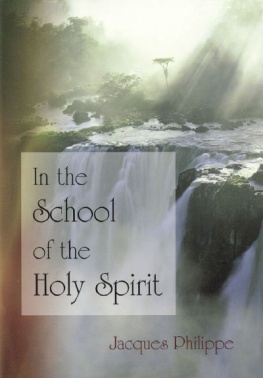

 __________________
__________________